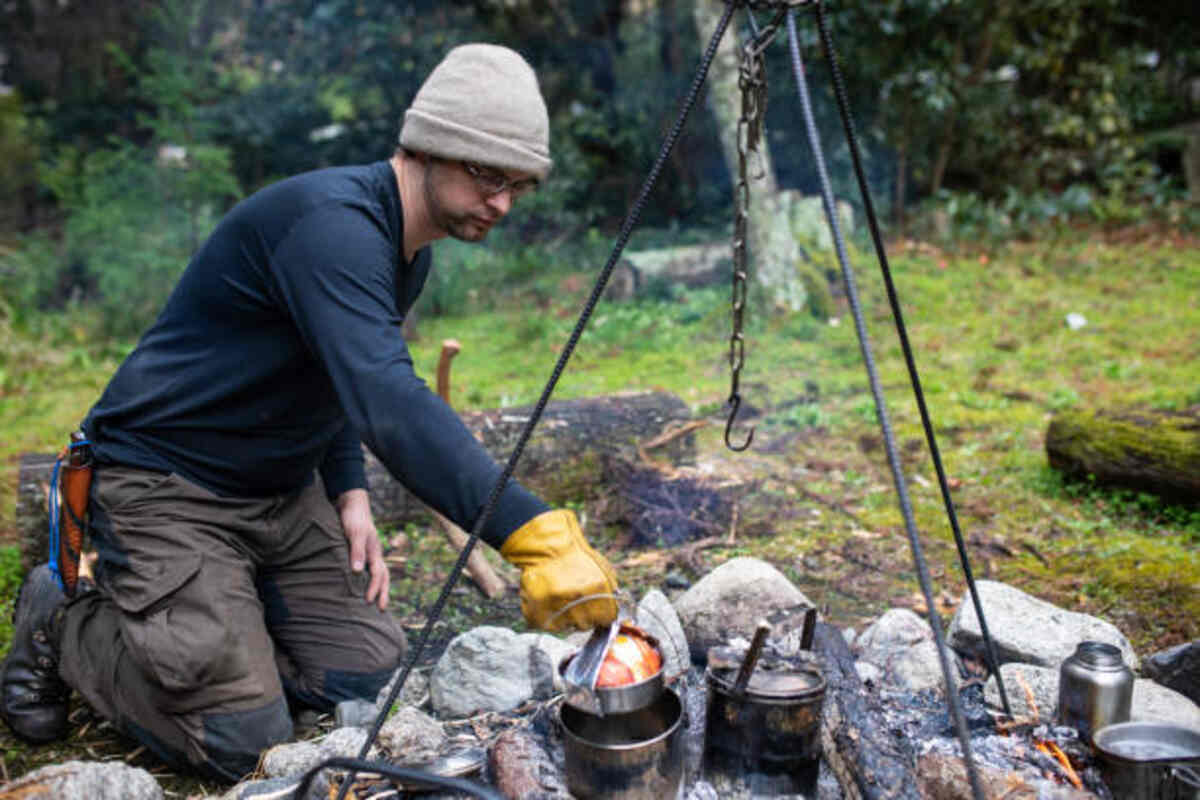The Animator’s Survival Kit by Richard Williams
Three-time Academy Award-winning master animator Richard Williams offers animation students, professionals, and enthusiasts an essential set of principles they need for animation success. Ranging from simple bouncing balls to complex walking rigs, Williams provides his set of fundamentals that will help push animation in new directions – it’s like having your animation instructor right in your hands! survival kits
1. Getting Started
If you ask any animation professional where they would begin their career in animation, Richard Williams’ The Animator’s Survival Kit may come up as the solution. His best-selling book serves as an all-inclusive guide that covers classic, computer, stop motion, and digital animation techniques alike – perfect for both novices and experts. Plus, there is now an app offering interactive videos, tools, and more – it is essential reading!
Our blog reviews books, tools, and animation strictly from an animator’s point of view.
2. Character Design
Before any animation begins, character designs are an essential first step. They help establish an aesthetic for films, games, and commercials so team members can work towards a familiar aesthetic.
For instance, if your character is intended to appear menacing, its features may include sharp angles or pouting lips; conversely, cute characters might feature rounder lines or more prominent eyes.
Character designers use shape language to convey meaning. Additionally, they must carefully choose their colors – using too many may disengage viewers from engaging with a character.
3. Animation Techniques
Animators use various animation techniques to bring characters and objects to life. Some methods may be more advanced than others; all provide animators with expressive tools for communicating ideas and producing compelling video content.
Stop motion animation is an efficient and accessible technique that can bring any object or scene to life, giving them an inimitable charm that cannot be reproduced digitally.
Physically-based dynamics is a computer animation technique that creates complex, physically plausible behaviors on computer models, often used in game development and simulations.
4. Drawing Techniques
Drawing quickly for animation can be challenging, but it doesn’t need to be. Animators can utilize various techniques that will help improve both their speed and accuracy when drawing multiple sketches simultaneously.
Observational drawings also help animators gain more accurate vision. By drawing figures from different angles, animators can learn to capture structural movement and how bodies move through space – and then use these movements in their scenes. Shading techniques also allow animators to add realistic detail to their drawings.
5. Lighting Techniques
Film lighting is an integral component of cinematography, and there are various techniques you can employ to craft the desired aesthetic for your movie or video project. Kino Flo offers this tutorial covering essential lights, fill lighting, and backlighting — each vital aspect when producing films or videos.
Motivated lighting, or using natural or artificial light to add meaning and depth to a scene, is another invaluable skill when creating films, helping yours stand out from competitors.
6. Camera Techniques
Camera techniques are a powerful way of telling visual stories. Filmmakers take great care when employing specific camera movements that elicit emotion or draw the audience’s eye toward particular areas.
Wide shots provide viewers with context and set the scene, while pans can be used to track subjects or reveal locations.
As a starting point, try this camera angles, shot sizes, and motion worksheet from acclaimed animator Richard Williams to help guide your camera techniques. Also, browse our collection of royalty-free stock footage, which incorporates these camera techniques.
7. Sound Techniques
Sound effects are an integral component of animation that brings scenes to life. From footsteps and door creaks to leaves rustling in the wind, well-crafted sound effects create an authentic environment on-screen that immerses viewers.
Foley sound design can be a tedious and time-consuming task that demands intense concentration and precise problem-solving skills. But its role is indispensable: sound can either elicit tension and suspense or bring joyousness and happiness to an audience.
8. Lighting Effects
Visit any animation forum online, and you’re bound to come across mention of “The Animator’s Survival Kit,” an indispensable book that should be on every animator’s bookshelf – novice or expert alike.
Lighting Effects allows users to add ambient, point, and directional lighting effects to layers supporting material properties. You can set different light source types using on-screen handles. Furthermore, grayscale images (called bump maps ) may be used as textures with various lighting effects for even more excellent results – an incredible way to add value and depth to a scene!
9. Animation Styles
There are various animation styles to consider when creating videos, infographics, and other visual assets. Selecting an effective animation style will allow for a greater connection with your audience.
Traditional animation is a hand-drawn style ideal for creating character videos or adding personal flair. While this process may take time to complete, software tools exist that can speed it up significantly.
Rotoscope animation is an age-old technique for accurately representing real-life movements on film. This method was employed in A-Ha’s Take on Me music video and remains a practical choice for character animation.
10. Getting Started with 3D
Visual effects, full-feature animation, and AAA games all rely heavily on these visuals, with various industries using them as part of their processes, from modeling to rendering.
Starting in 3D animation isn’t as challenging as you might think; the initial steps include understanding what it entails and learning about its various fields and processes. Also important is knowing which hardware and software tools you will require at each step in the process before deciding upon your initial steps.


